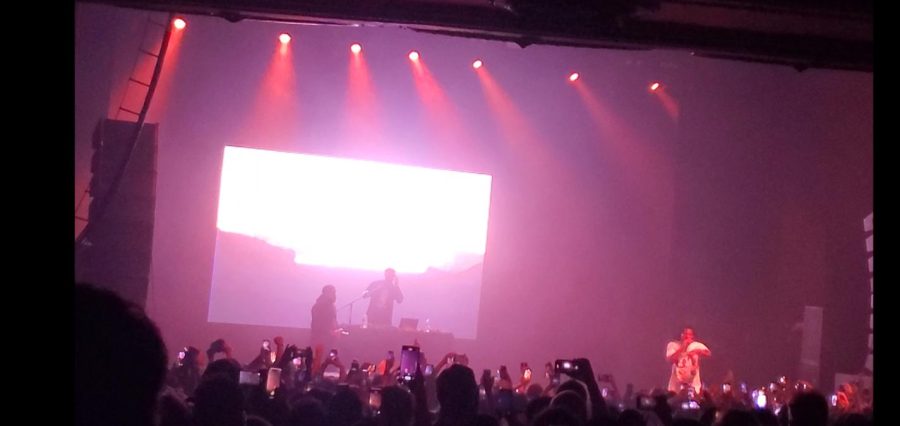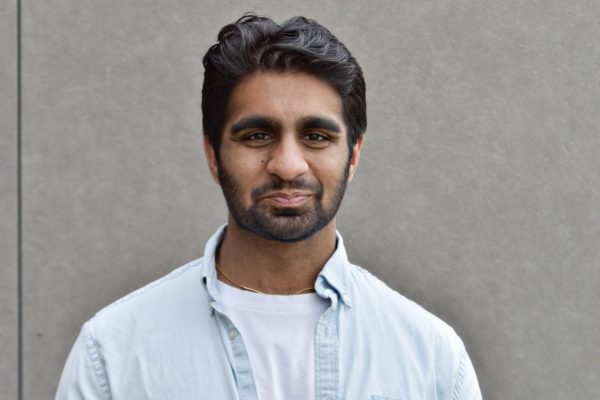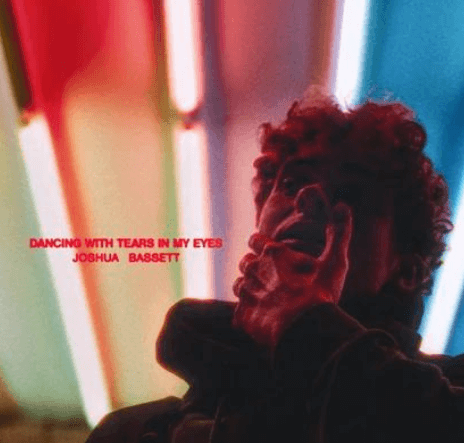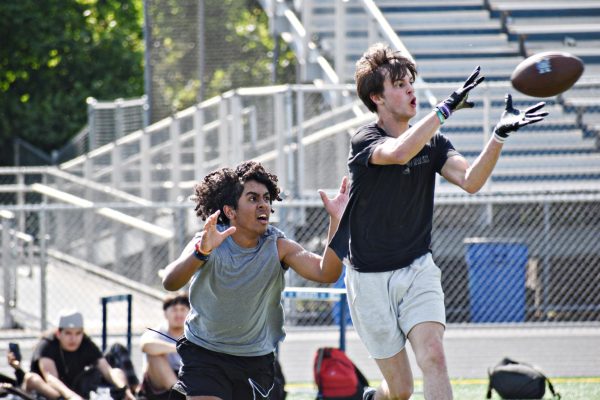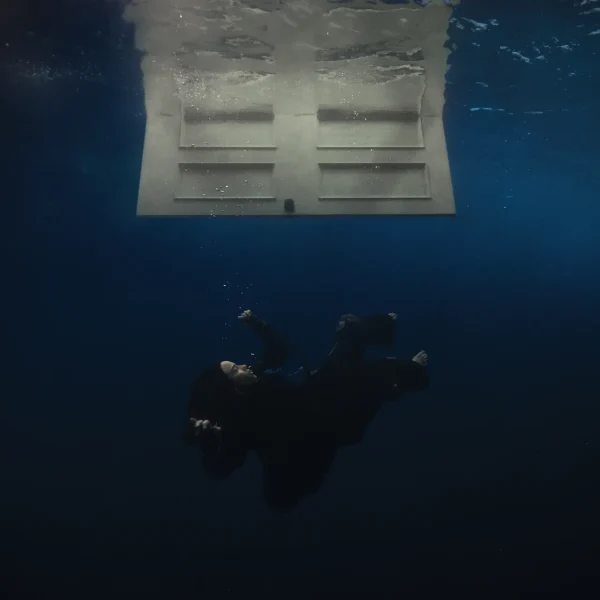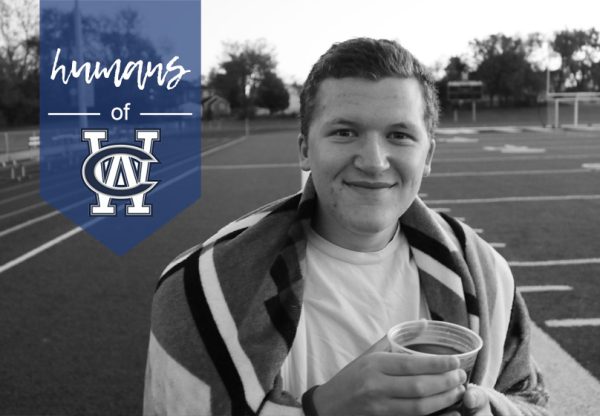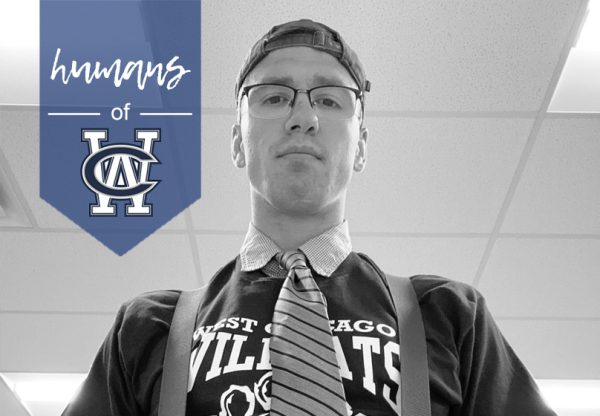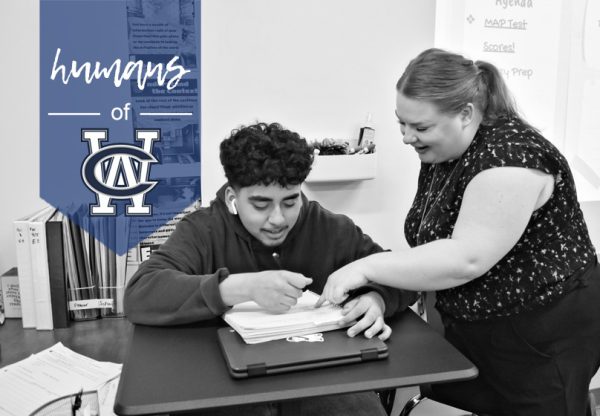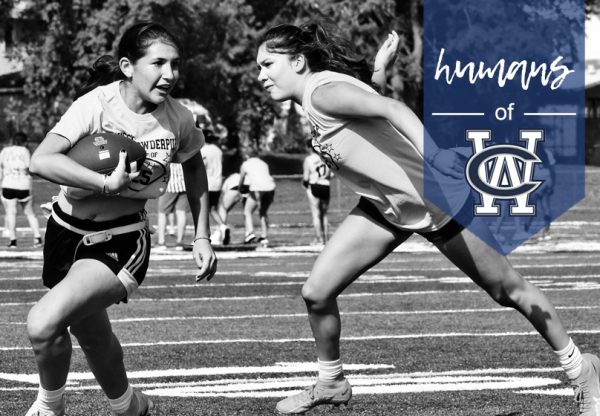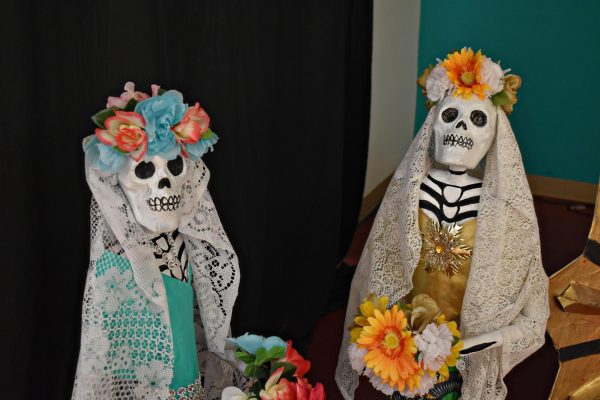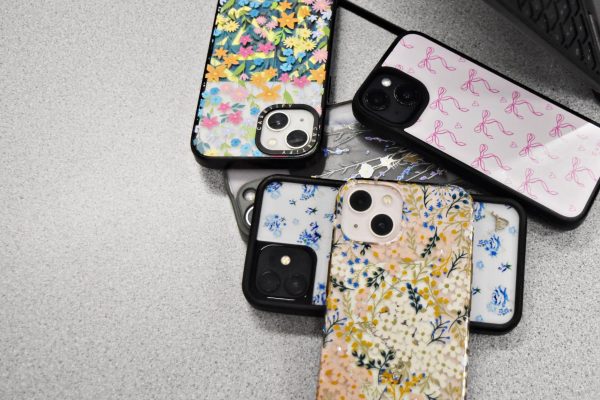The death of a genre
Photo by Dhanveer Gill
Denzel Curry, one of the most respected rappers of this generation, performs in the Riviera Theatre in September 2022.
February 6, 2023
A dice game. That is precisely why Atlanta rapper Kirsnick “Takeoff” Ball was shot in the head and killed in Houston, Texas, just hours after releasing his newest music video, titled “Messy”, in early November of last year.
Less than two months before that, Rakim Hasheem Allen, also known as PnB Rock, was murdered during a robbery while eating lunch at a public restaurant.
It seems that every passing year, another high-profile artist in hip-hop gets killed, from a shooting or otherwise. A dizzying number of artists from all genres have passed away over the last five years, but only hip-hop and rap can somehow manage to have more than 50% of all artist deaths stem from homicide alone.
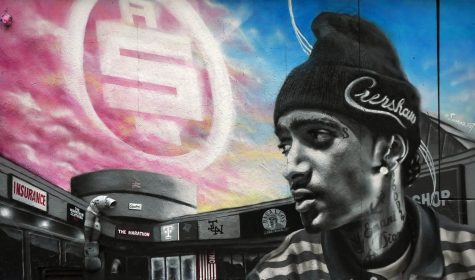
It is commonly known that a lot of rappers are raised within violent urban spaces, and this may contribute to the rate of homicide among this genre of artists. But, it certainly goes deeper than that. Why is this uptick in violence happening?
The most obvious reason may be gang-related rap beef. Gone are the days of back-and-forth diss tracks and rebuttals; the rivalries of modern-day rap include gang-related homicide and social media presence.
While death by drive-by is nothing new to the rap scene, it is easy to see regular people getting caught up in the crossfire. King Von was involved in a shootout between his crew and Quando Rondo’s, which claimed the former’s life along with two others in 2020, and the entire video was posted for the internet to watch. Since then, their respective record labels, Only the Family and Never Broke Again, have been at odds with each other.
Social media feuds are also becoming increasingly common, with shots being taken over Twitter or Instagram Live (and even evidence of murders being live-streamed or posted for the public to observe). Nicki Minaj and Cardi B had a falling out on Twitter, which escalated into a physical altercation as fans spectated and commented accordingly. With virtually unlimited access to the Internet, millions of fans can see what is happening from afar and get the wrong impression of events. When rap beef happens, people get hurt, and the general public seems to have forgotten this concept. Look no further than the fans who continuously urge Lil Durk to “slide for Von” in every Instagram post: what started as a meme ended up as a phrase that suburban teenagers throw around with complete conviction.
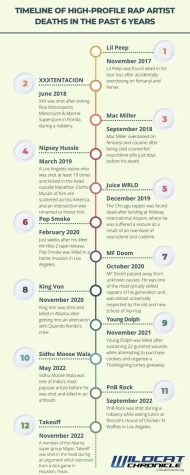
However, drug use is another reason why death rates are so high among rap artists. In the past few years, notable artists such as DMX and Mac Miller, who were universally loved and respected, passed away due to substance abuse. Drugs such as lean and Percocet are among the most common among rappers, as indicated by medical reports and lyrics.
The glorification of substance abuse has haunted the rap scene for decades now and has had a significantly negative impact on the upcoming generation of rappers. Juice WRLD, a Chicago artist who died of an oxycodone and codeine overdose in early 2020, stated that Future’s early mixtapes contributed to his lean addiction. But substance abuse goes beyond the upcoming generation of artists. Young adults and teenagers listen to these lyrics and consider drugs as a “cool” thing. Besides, these artists themselves have a seemingly endless supply of drugs and constantly rap about how great their lives are after sipping lean or popping pills, so what is stopping the current generation from doing the same?
And that is where the heart of the problem lies: rap as a genre should not necessarily be censored to protect the ears of those who cannot understand it. Rather, the entire music scene must learn to mature and understand that what these young artists are talking about is real and has a significant impact on the lives of others.
But, the failure to realize the artistry that hip-hop possesses is leading to the excess of gun and drug bars. As a result, young listeners believe that these things are meaningless. It is an endless cycle. And record labels see no problem with this, as these unimaginative and unoriginal records happen to be the ones that sell the best.
Rap is the epitome of modern-day poetry, and it is a tragedy to see it go this way. An art form that is solely dedicated to the mastery of lyrics and wordplay is slowly transforming into an oversaturated market of gun and drug bars. It is hard to speak about such a beloved genre in this way, but this problem must be addressed. Luckily, some rap stars have been speaking out against the oversaturation of the industry, ranging from titans J. Cole and Kendrick Lamar to more underground rappers such as Joey Bada$$ and the late Nipsey Hussle.
Regardless of how the industry unfolds in the future, it is evident that rap is, as J. Cole put it, “a sport that’s dying.”




